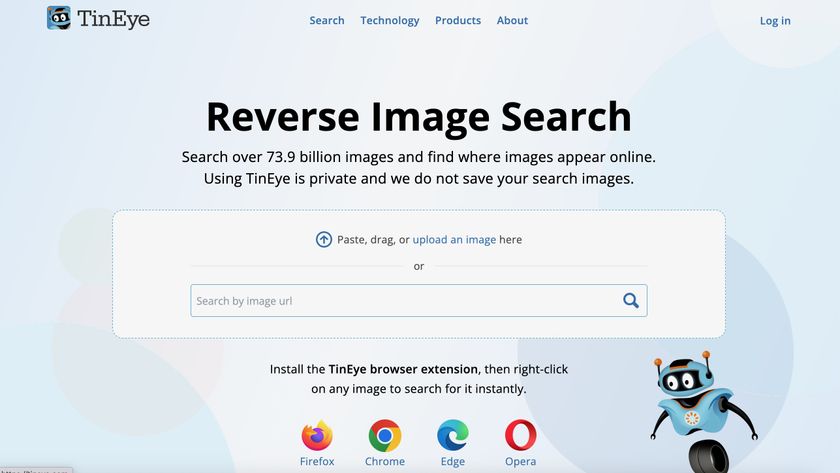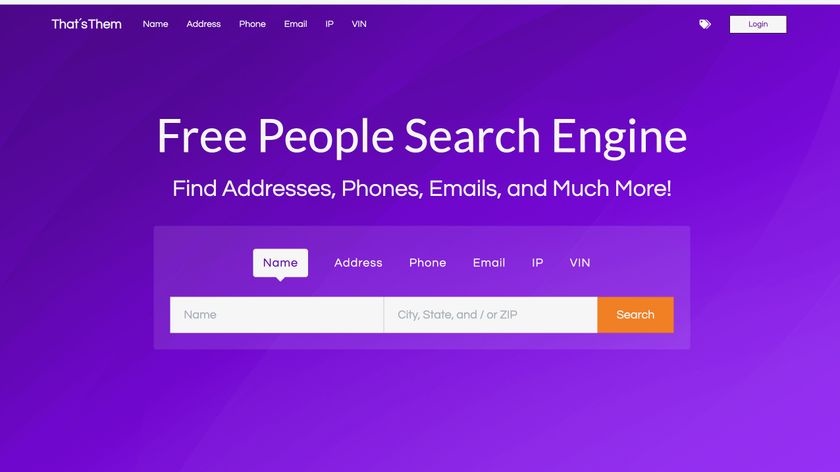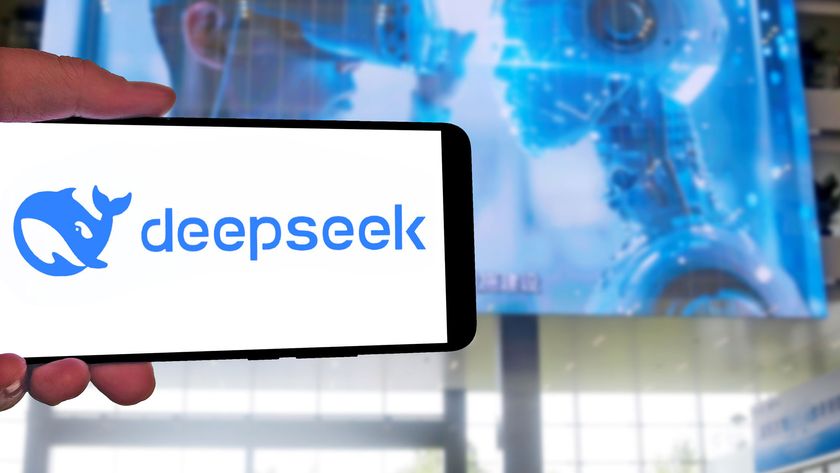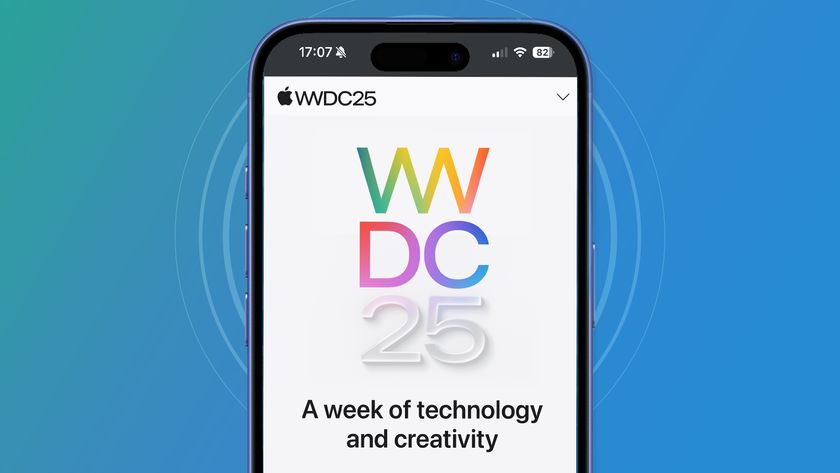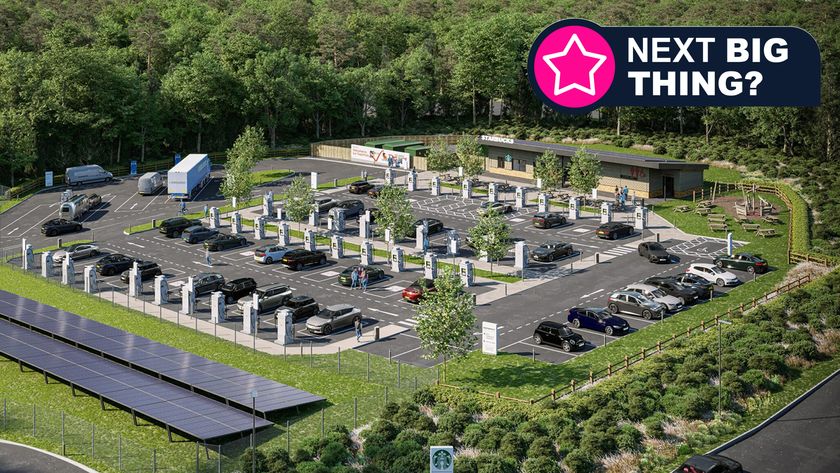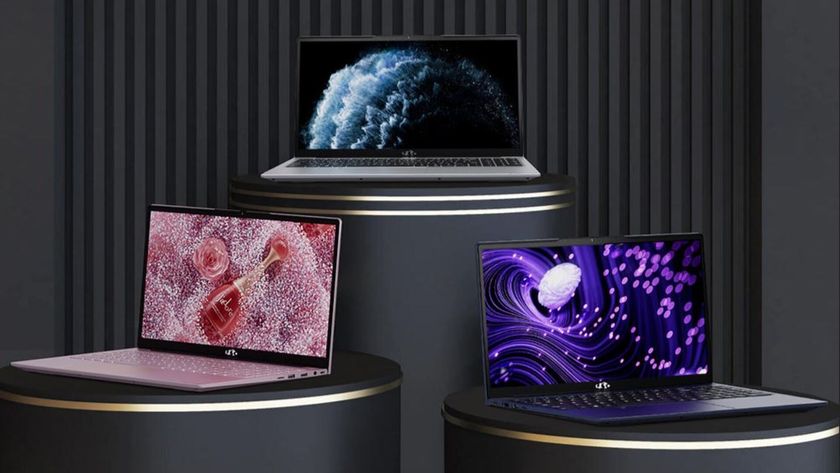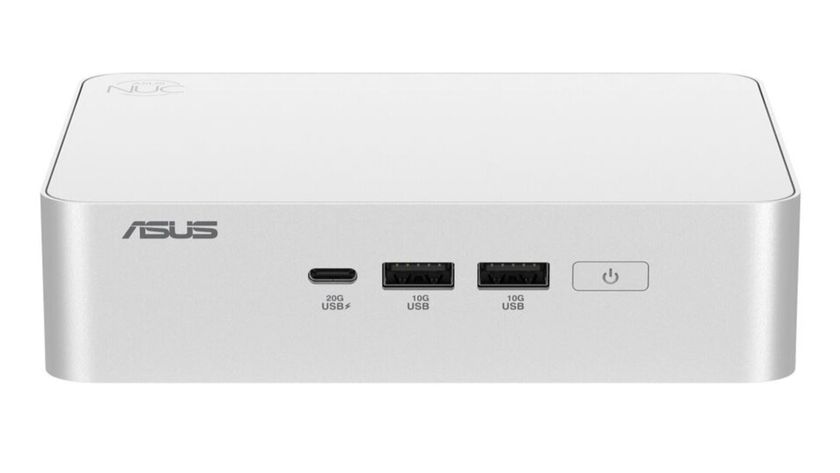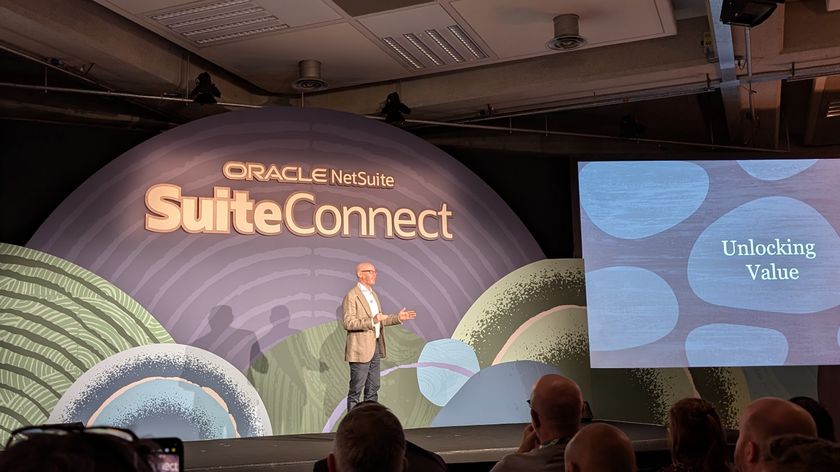Why Microsoft decided to put WebGL into Internet Explorer
IE chief takes the pragmatic approach to new web standards
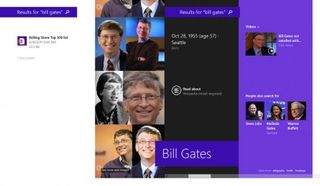
The IE team also put in a lot of extra work to improve security. "We did a lot of analysis of vulnerabilities, we did threat modelling, and we have essentially a pre-screening stage. Think of it like SmartScreen for WebGL content; we screen WebGL content for dangerous and suspicious patterns."
It's also another way that IE relies on Windows. "Running WebGL on top of the latest DirectX technology provides additional security. On other devices and operating systems it's possible to overwhelm the GPU and get all sorts of bad things happenning. On the DirectX architecture there is time-out detection and recovery. If you overwhelm the GPU, instead of taking down the whole system, it will just reset the GPU. So we feel we have defence in depth and, with the changes in the standard, that makes it safe to implement."
Caution advised
He still sounds a note of caution about WebGL, because of the complexity of programming and the possible impact on performance. "Try to imagine being a developer on Halo; try to imagine being a developer for Call of Duty or Forza where you're worried about all your image assets.
"How many triangles do I need? You're making [low-level] decisions like 'can I have fewer triangles and higher resolution images or can I get by with lower resolution images and more triangles?' to get the skin of the car looking great.

"Think about an aeroplane where you can see the rivets in the skin; that stuff is just flat out hard. OpenGL wasn't particularly easy, OpenGL ES wasn't particularly easy. Making it available to JavaScript didn't make it any easier. It's unlikely you're going to wake up in the morning and have some gorgeous WebGL working. It's hard."
Why doesn't IE 11 have support for WebRTC, the real-time chat and video standard Google is backing? "WebRTC has had so much flux over the last few months," says Hachamovitch. Will IE support it when it settles down? "I'll just say we're very involved in those groups," he notes.
EME is in too
One standard IE 11 does support that hasn't actually been approved by the World Wide Web Consortium (W3C) yet is Encrypted Media Extensions (EME), which is a sometimes contentious proposal for browsers to support some forms of DRM. At Build 2013, Microsoft showed Netflix streaming content working in IE 11 without needing a plug-in, using EME.
Are you a pro? Subscribe to our newsletter
Sign up to the TechRadar Pro newsletter to get all the top news, opinion, features and guidance your business needs to succeed!
Hachamovitch believes the technologies in the standard aren't going to change, so it's safe to implement. "It seems to be on a good trajectory," he says. But some of the discussions aren't about how EME actually works, they're more about philosophy.
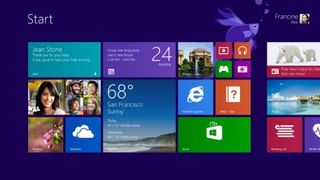
"If you look at the series of technologies involved there are three parts. MPEG DASH is great. You want to have adaptive steaming, you want to be able to adjust to the bit rate that you can muster. There is the web crypto, so that Netflix can go 'hey I want to make sure you really are generating a key for me so that we can do the handshake'.
"No one seems to mind the web crypto one, no one seems to mind the web streaming one. And the last one has a lot more to do with business reality. I don't know if I believe in rights management philosophically. I know Netflix has contractual agreements and I have a choice. I can enable it in the browser or I can condemn everyone to have to go get an app, or a plug-in."
Having a standard way to do protected video streaming would have advantages for users as well as for developers, he suggests. "If you told Netflix 'here is the rate at which browsers are going to be able to just play this content', think about all the time and energy they could save from writing all these apps. You buy a Samsung TV that comes with a sufficient browser that it can do Netflix. Or the browser in my device could take responsibility for handling the GPU so I could watch three movies before running out of battery."
Mary (Twitter, Google+, website) started her career at Future Publishing, saw the AOL meltdown first hand the first time around when she ran the AOL UK computing channel, and she's been a freelance tech writer for over a decade. She's used every version of Windows and Office released, and every smartphone too, but she's still looking for the perfect tablet. Yes, she really does have USB earrings.
